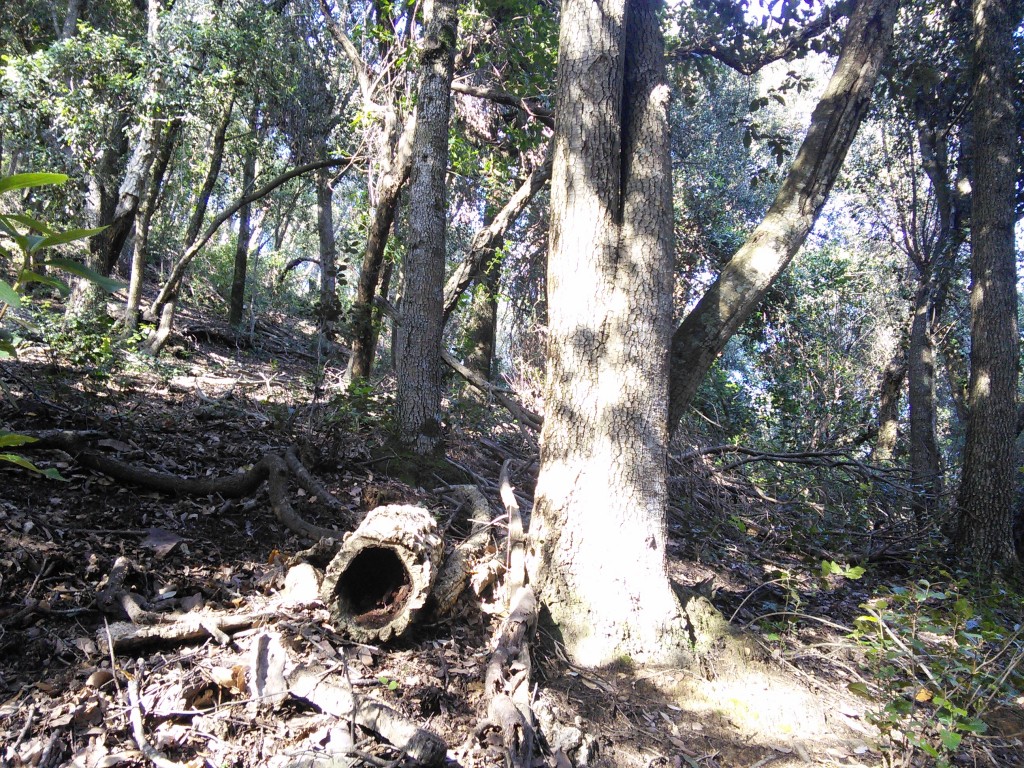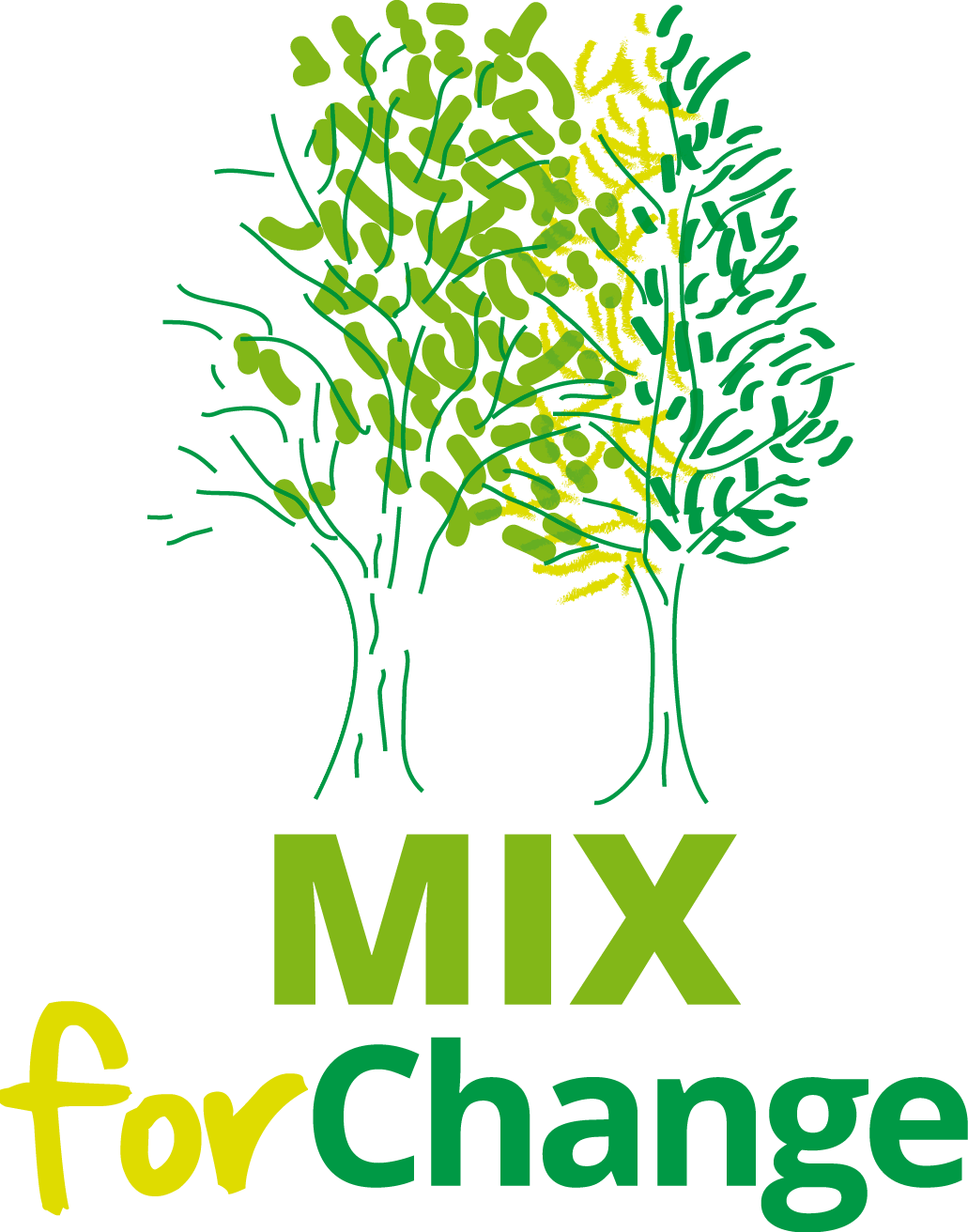Innovative forest management models have been conceived to promote the conservation of natural habitats through sustainable forest management, in the current context of land use abandonment (leading to the simplification of habitats) and climate change. These management models will be based in ORGEST management models for mixed stands.

The leading principle of these models is to increase the complexity of forest systems, in contrast with the traditional management inertia which have resulted in a severe simplification of species and structures.
The Sub-humid Mediterranean forest is a very relevant habitat regarding the natural values and
associated biodiversity. Because of the particular geo-climatic conditions of the areas where this forest occurs, there is, in a very short distance, a dramatic thermo-rainfall, altitudinal and continentality gradient leading to a very high diversity of species and types of forests with various chorologies (Mediterranean and Eurosiberian), intermingled at small scale.
The project builds on the policy framework led by the Habitats Directive 92/43/CEE with regard to “maintain or restore, at favourable conservation status, natural habitats and species of wild fauna and flora of Community interest” (article 2). In particular, the following habitats of interest are present in the areas of work: 9180 Tilio-Acerion forests of slopes, screes and ravines (priority), 9340 Quercus ilex and Quercus rotundifolia forests, 9240 Quercus faginea and Quercus canariensis Iberian woods, 9260 Castanea sativa woods and 9330 Quercus suber forests.


